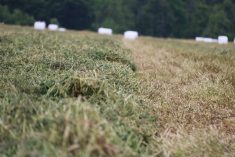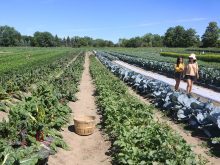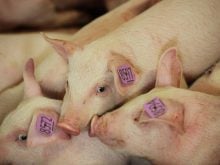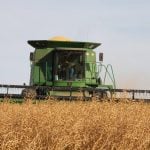RED DEER, Alta. – When Vicky Ginsberg judges a llama show, she thinks of these exotic, wide-eyed animals as just another form of livestock.
A llama breeder from Ohio, Ginsberg watches how the animal walks, how it carries itself and whether it has that elusive quality of presence. It should be alert, have bright, curious eyes and banana shaped ears as well as exhibit some personality when it walks into the ring.
Besides an athletic body type, she looks for another quality that is increasingly important among serious breeders. That is the ability to produce a luxuriant, thick, silky coat. The llama’s biggest competitor in this area is its cousin, the alpaca, with its fine, long fibre used for garments.
Read Also
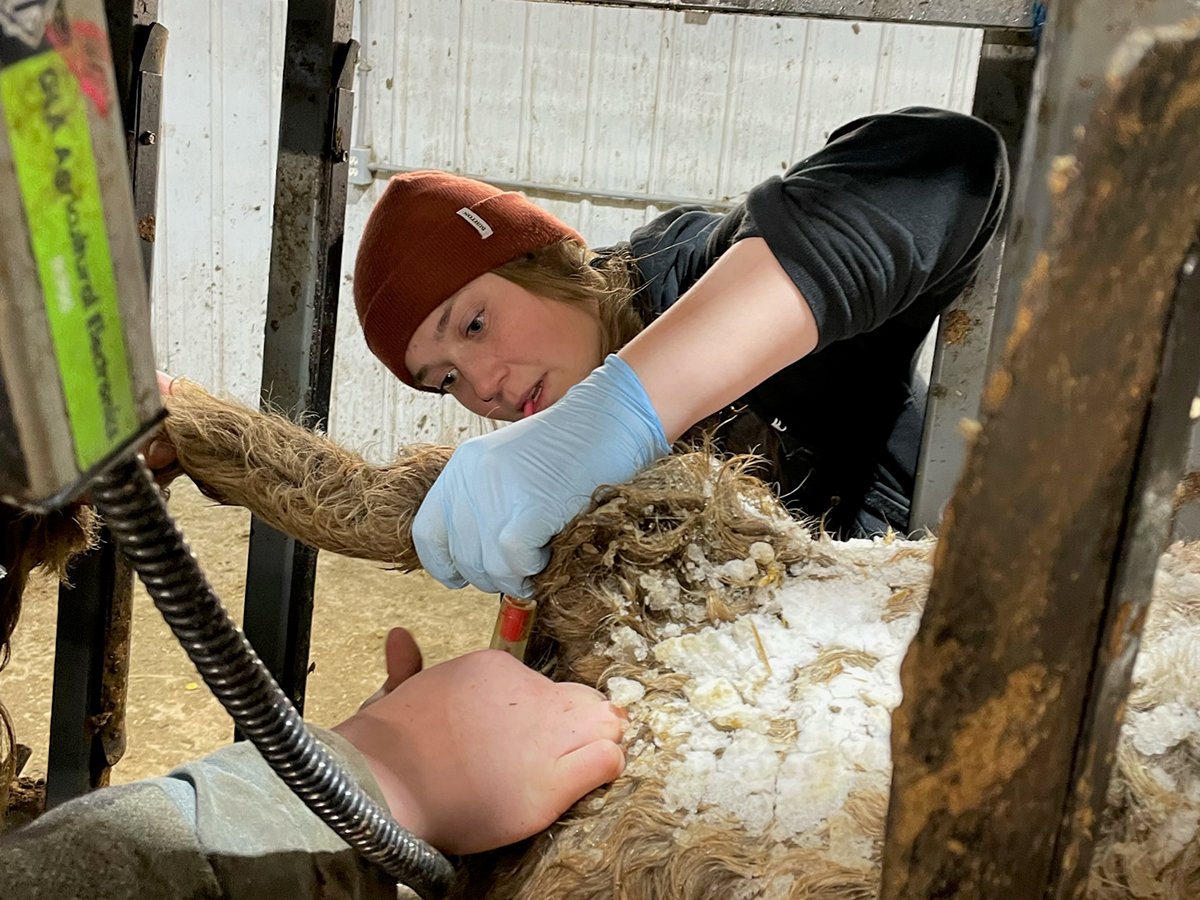
Pen riders better than tech at detecting respiratory disease in feedlot cattle, says researcher
Katrina Garneau’s recent research found that pen riders are better than technology at flagging signs of BRD in feedlot cattle.
She sees improvements in that area across North America. Many breeders believe the largest future use for llamas is their wool.
Quality characteristics
Americans are producing higher quality wool all the time. Llamas have guard hairs in their coats and some owners, through selective breeding, are removing that trait so their animals produce a silky, draping fibre with more crimp and low micron counts.
Crimp adds elasticity to the fibre, making it more desirable for yarn. The lower the micron count, the finer the wool.
“Some are already as fine as alpacas,” she said during the Parkland Breeders Show and Sweepstakes held recently in Red Deer.
Like any good judge Ginsberg is also a diplomat. She said while Canadians are relatively new in the show ring they are exhibiting beautiful animals with long necks, athletic carriages and well formed bodies.
There is a “but” in her praise of the Canadian stock. Canadians have to start shearing their llamas.
“They’d be cooler and they’d show better,” she said.
During a hot summer show often held indoors, even the most charismatic llama starts to droop under the lights and weight of its own wool which can reach 20 or 30 pounds.
As an American farmer with 35 llamas on her farm at Okeana, Ginsberg has won her share of grand champion rosettes including the best male at the Celebrity World Futurity in the United States.
Ginsberg judged the first show classes portion of the Parkland Llama Breeders Sweepstakes where 140 male and females competed for $50,000 in prize money.
The year’s male champion was WSL Yukon owned by Fred and Sharon Isayew of Prince Albert. The female was Perfection’s Dam Hot owned by Rick and Sue Clauson of Quesnel, B.C.
Money up for grabs
In its sixth year the sweepstakes’ female category offered $24,528 of which the champion receives 40 percent or $9,811. The males had $18,472 for their classes with the champion getting $7,389. There is also a prize for the owner of the sires of these animals and cash is paid out to class winners.
The show started in 1992 with less than $5,000 in prize money. The Parkland Llama Club hopes to offer $100,000 within a few years.




